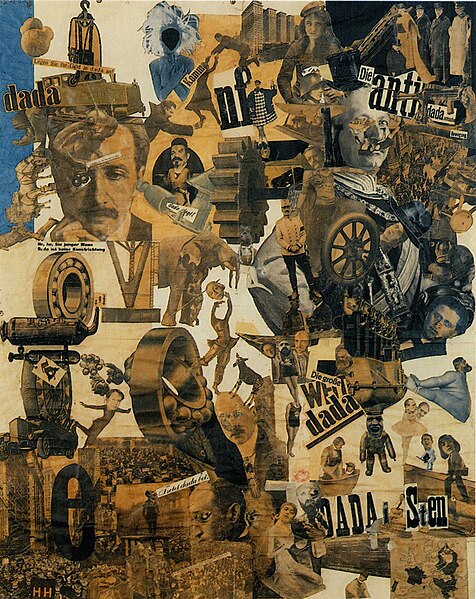
Monday, December 13, 2010
Thursday, December 9, 2010
DADAISM

Dadaism is an art movement appears in WWI from 1916-1922, which was a quite short time. The idea of Dadaism is to challenge the traditional art and ridicule what its participants considered to be the meaninglessness of the modern world. You can even not treat Dada as an art but an anti-art.
Dada is more like a collection of images or playing with arts. Though it was appeared in a quite short period, it really influences some art movement a lot after. It won't give audience any deep meanings there. However, it pregnant the idea that art does not always needs to be exquisite and beautiful anymore.
Duchamp is one of the most famous artist in Dadaism. He is the only one could bridge a relationship between Dadaism and Surrealism, which was in a same period with Dada. He created his own way about how to represent artworks, which is called Readymades. Readymades is more like modified original objects and some new element to create a fairly new artwork with new ideas. And mostly, people think those thinks are not artworks and does not make any sense.

Thursday, December 2, 2010
CUBISM
 Les Demoiselles d'Avignon; 1907; Picasso
Les Demoiselles d'Avignon; 1907; PicassoCubism is an avant-garde art movement in 20th century that began in Paris around 1907. Picasso and Braque are the most famous artists in Cubism. It is quite influenced by African art, as well as Einstein's Theory of Relativity.
From the name of Cubism, we can analyse that Cubism artworks are represent in a cubic way that usually present in a broken up, analyzed, and re-assembled form.
Instead of depicting objects from one viewpoint, the artist depicts the subject from a multitude of viewpoints to represent the subject in a greater context. Cubism drawing their works by using plenty of random angles and straight lines. Curves or circles are not appear in a Cubism artwork often.
Cubism can be divide in to three period. The Early Cubism, which can be also called as pre-Cubism was start form 1906 to 1908. the second phase being called "High Cubism" from 1909 to 1914. Finally Cooper referred to "Late Cubism" from 1914 to 1921 as the last phase of Cubism as a radical avant-garde movement.
Subscribe to:
Comments (Atom)